Noise in photography is probably one of the most undesired side effects and one of the most likely ways to make your images look low quality. A photograph with noise completely distracts the viewer’s attention, making him focus on the grainy areas instead of the other important elements of your image.
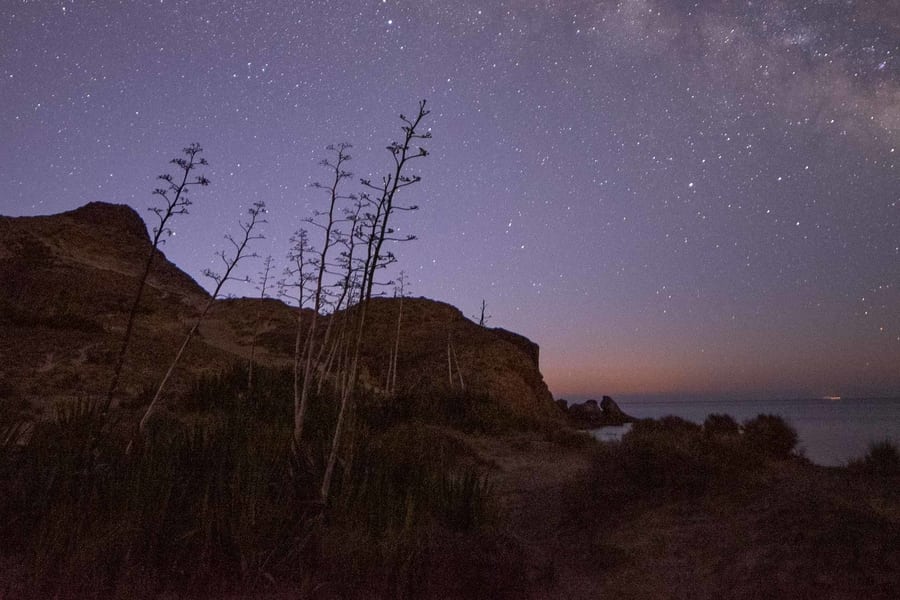
Night Photography with Noise. 25 sec, f/2.8, ISO 6400
To avoid noise in your photographs, it’s essential to know what is digital noise and what causes it, as well as the different techniques you can use to reduce it.
In fact, not only it is possible to reduce the digital noise, but you can also even completely eliminate it if you know how. The best way to do this is to prevent any noise from happening while you’re taking the shot. However, it’s possible to remove it afterward, especially if you know how to reduce the noise in Lightroom and how to reduce the noise in Photoshop, the best noise reduction software on the market.
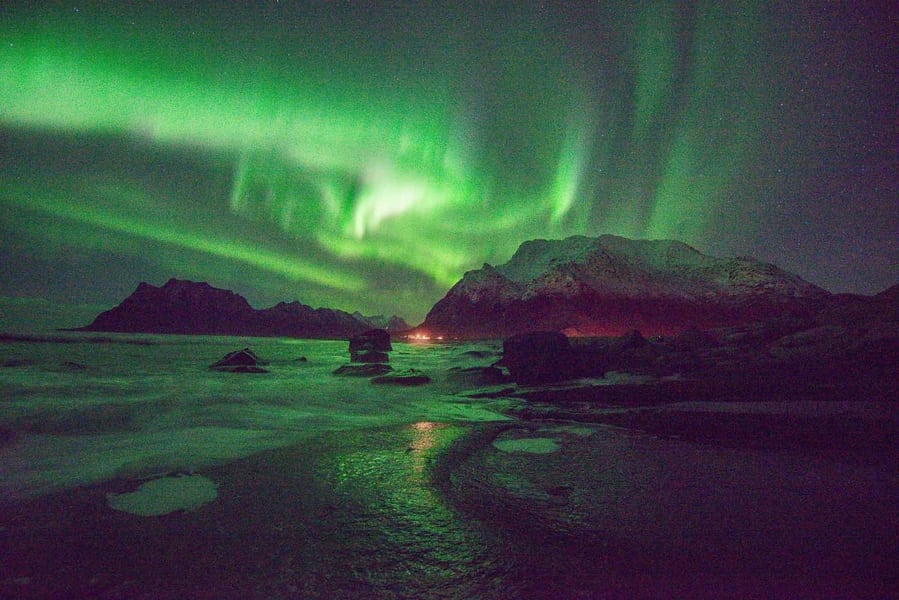

In order to shoot sharp-quality images, you first need to know what is noise in photography and which different types can appear:
- What is digital noise? Definition of Noise in photography
- Types of noise in digital photography
- Noise and Hot Pixels, Dead Pixels and Stuck Pixels
- Types of photographs with noise
WHAT IS DIGITAL NOISE? DEFINITION of NOISE in PHOTOGRAPHY
Noise in photography is the arbitrary alteration of brightness and color in an image.
The onset of this random variation generates what is called “noise”or “grain”, which is basically formed by irregular pixels misrepresenting the luminance and tonality of the photograph. These pixels are visible to the eye due to their large size.
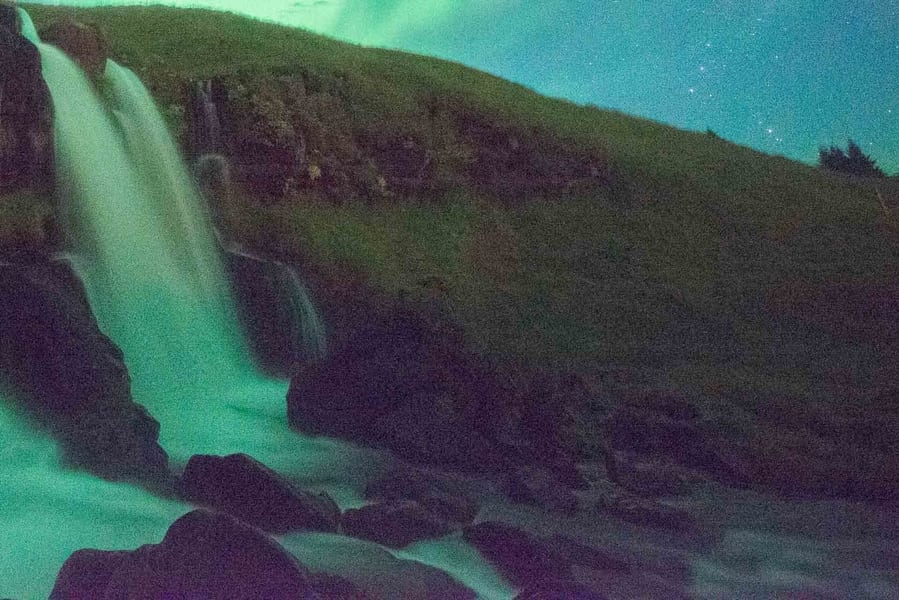
Photography with a considerable amount of grain after using a high ISO and short shutter speed.
Although it is common to see film grain in analog photography, noise is usually considered an unwanted effect in digital photography, which is why there are so many techniques and types of software to get rid of it.
Noise in photography is produced in three different ways according to the source and process:
- Photon noise: This kind of noise is random noise that corresponds to photons.
- Front end noise: This type of noise is related to the construction of your camera sensor.
- Back end noise: This noise occurs when the processor of your camera converts the signal into a digital file.
A camera’s ability to generate and process files without noise will depend completely on its manufacturer.
What you can do to fix noise is determine what kind of noise you have in your images, and which noise reduction software you should use (or even the best mobile applications to reduce noise on your iPhone or Android).
Why are my photos grainy?
Digital noise appears in your images when:
- The camera sensor does not capture the information properly during the shot and the camera processor has to make its own interpretation of the image.
- The camera sensor is used intensely and it heats up, so it generates more random information.
To help you understand the main reason why noise in photography is produced, think about this example:
When you take a photo in low light conditions, using settings that don’t guarantee the correct exposure of the image, your camera has to create that missing information by itself.
As a result, your camera will generate different brightness and color information than the actual information that would be processed if there had been better lighting conditions or if the picture had been correctly exposed.
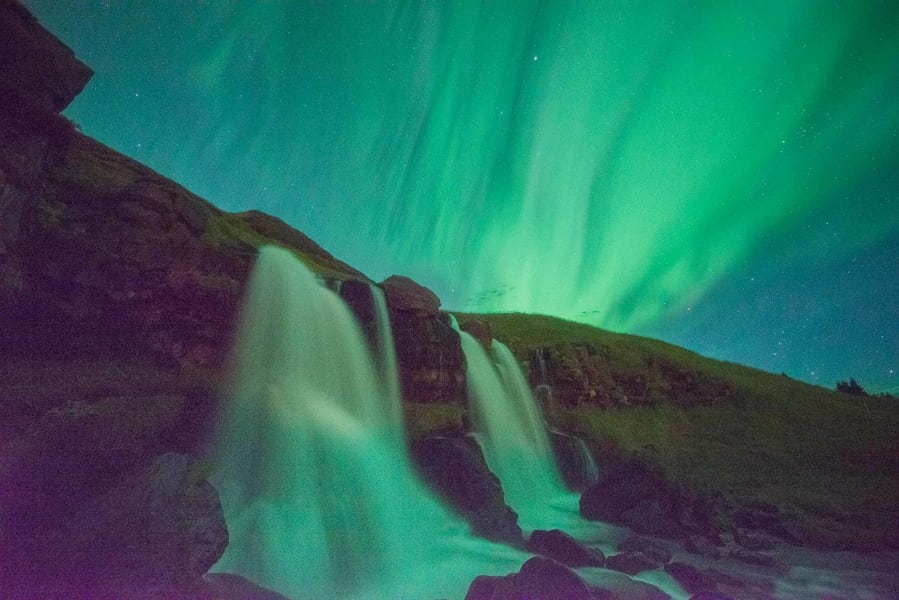
By using a short shutter speed and leaving part of the image underexposed, our sensor has to create that missing information, producing noise or “grain”. 1,6 sec, f/2.8, ISO 6400
Two parameters, which usually are closely linked, are noise and ISO sensitivity.
Increasing the light sensitivity of your camera sensor and raising the ISO makes your camera processor produce more digital noise, as it’s forced to create more random information, as we explain on our guide to ISO in photography.
TYPES OF NOISE IN PHOTOGRAPHY: COLOR NOISE VS LUMINANCE NOISE
Recognizing the different types of noise in photography is fundamental for understanding how the noise happens and what tools you can use to get rid of it.
The main types of noise in photography are luminance noise and color noise.
Luminance noise
Luminance noise is a random variation of brightness that your camera processes in relation to the original and correct brightness of the image.
This noise is associated with a lack of light. A prime example is a night photo where you drastically increase the ISO in order to capture the shadows in more detail.
Luminance noise is the most common digital noise. It’s very easy to identify, as it looks like analog film grain. There are many different techniques for removing it.
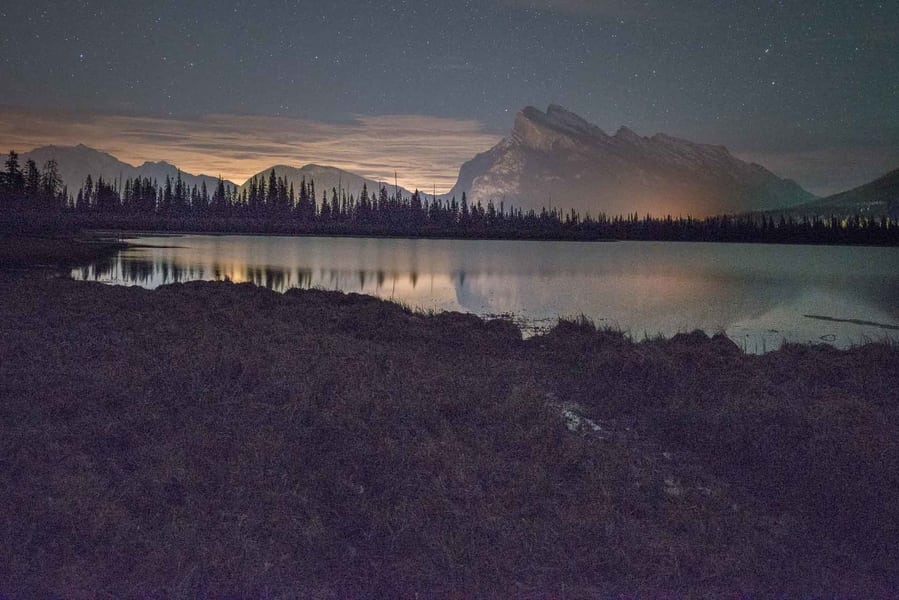
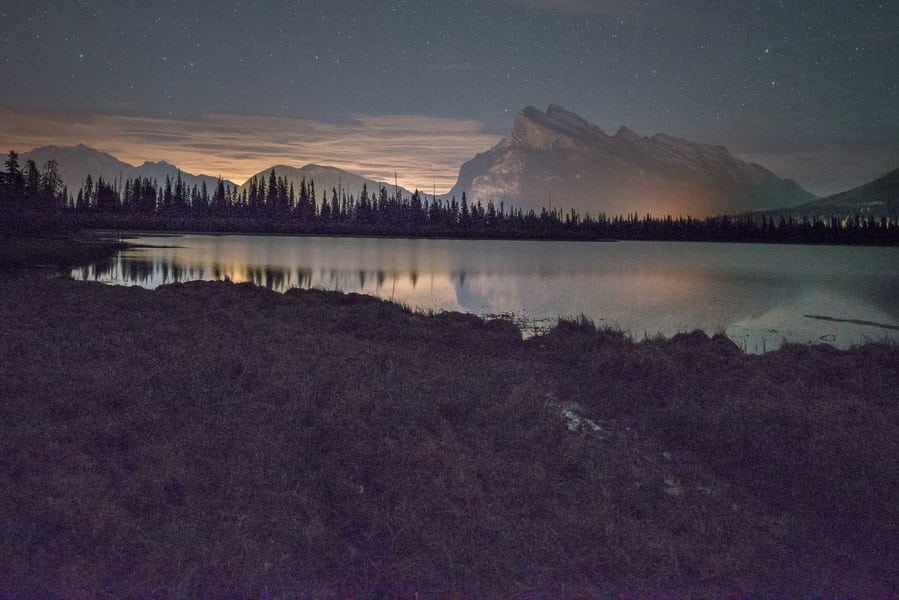
Color noise or chrominance noise
Color noise or chrominance noise is a random variation of color in relation to the original colors of the image.
Unlike luminance noise, color noise is associated with sensor heating. It is often after long shooting sessions, especially in long exposure night photography and time-lapse.
Color noise is less common. It usually appears as noise in shadows in the form of blotches or bands of color (also known as “banding”).
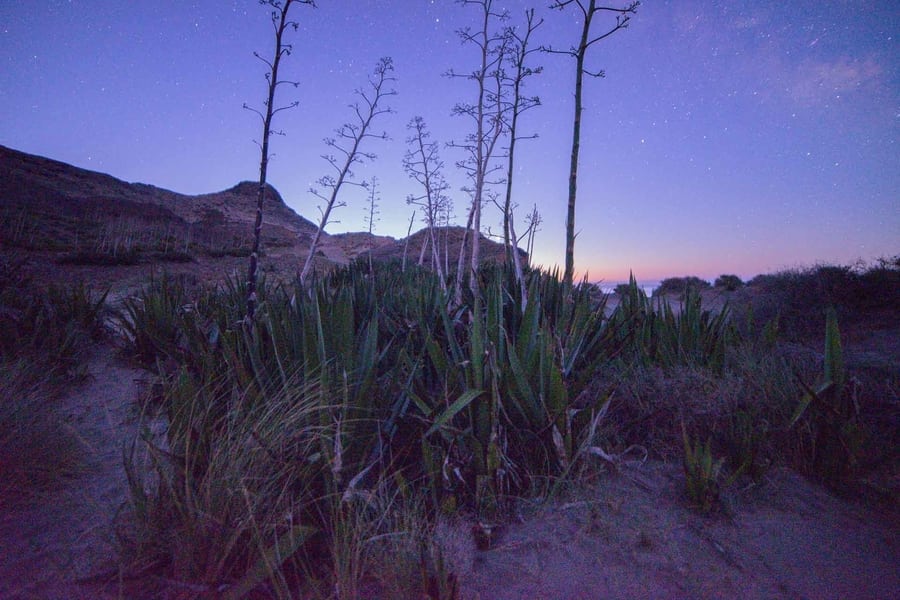
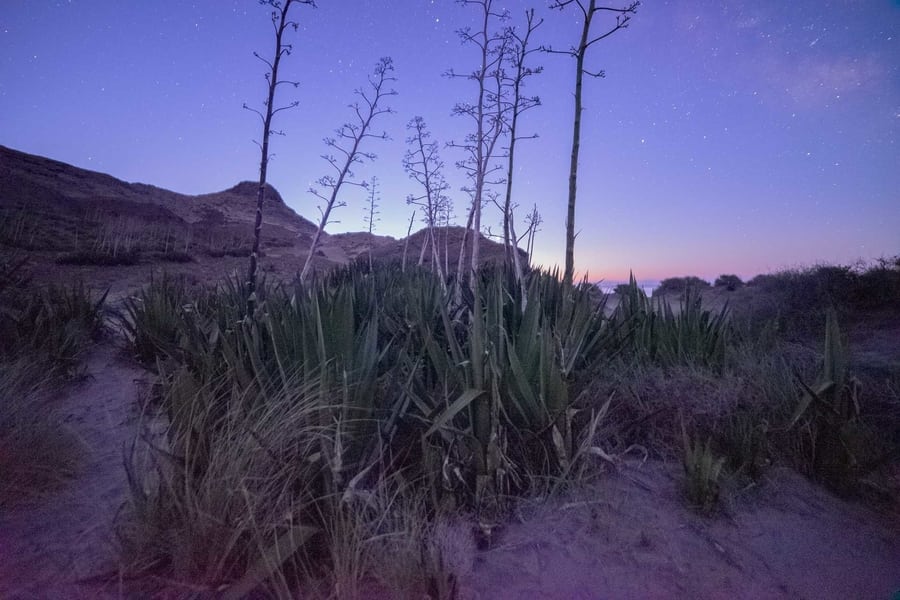
During the color noise reduction, you need to be very careful not to alter the correct colors of the image.
NOISE AND HOT PIXELS, DEAD PIXELS, AND STUCK PIXELS
We have already looked at the two main types of noise and their causes. However, in your images, you might also find different types of defective pixels, caused by sensor overheating or failure.
Defective pixels sometimes follow the same pattern and appear at the same point in all of your images, either permanently or when your camera sensor heats up.
Normally, these pixels are invisible in your camera LCD viewfinder, and you will only be able to see them when zooming in. Also, bear in mind that a pixel unit is so small that it’s really difficult for your eyes to see one, so what you’ll often see is a group of several defective pixels that are all in the same area.
In terms of the different types of defective pixels you might see in your images, there are three:
Hot Pixels
Hot pixels appear when your camera sensor temperature raises after doing long exposure photographs or long sessions at high ISOs.
How can I avoid the hot pixels?
Hot pixels are common even in new cameras, and they show up randomly. The best way to avoid them is by minimizing how much your sensor heats up due to long exposures, especially when these exposures exceed a few minutes. The other way to prevent hot pixels is by taking shooting breaks, especially when shooting long sessions at a high ISO.
Dead Pixels
Dead pixels appear permanently in your images. Their main characteristic is that they don’t receive energy and have a black color or slightly off-color compared to the surrounding pixels.
They often appear on the camera LCD screens after you’ve used the camera for a long period of time.
How can I avoid Dead Pixels?
Dead pixels are unrecoverable. Normally, they aren’t a problem, as they’re often barely visible. However, if your camera is relatively new and has a significant amount of dead pixels, contact your camera seller to try to replace your camera.
Stuck Pixels
Unlike dead pixels, Stuck pixels receive energy and always show the same color, particularly green, red or blue.
How can I avoid Stuck Pixels?
Stuck pixels may disappear after a while. There is no clear way to avoid them, but if you see a lot of them, especially on the LCD screen, it may be due to a manufacturing flaw.
To a certain extent, finding hot, stuck, or dead pixels is normal in digital photography and is especially common when you push your camera sensor above its limits, either by using a high ISO or by taking long exposures in low light conditions.
In general, don’t worry about isolated cases of defective pixels, especially if you’ve used the camera in one of the situations above. However, if pixels constantly appear on your images or LCD screen, even in daytime images and at a low ISO, you should contact the manufacturer, as it may be due to a defect t in your camera.
TYPES OF IMAGES WITH NOISE
It is common to find different types of photography with noise. When most people talk about noise in digital photography, they tend to think of night photography. However, there may be situations outside nighttime photography where your camera generates digital noise.
These are some of the most common noise photography examples:
NOISE IN DAYTIME PHOTOGRAPHY
Although it’s unusual, it is possible to find noise in daytime photographs.
This digital noise will normally appear in one of these two situations:
- In your daytime image, there are parts of the scene that are too dark, so you try to raise the shadows/exposure through editing or processing.
- Shooting a daytime long exposure with a neutral density filter that reduces light too much and makes you raise the ISO can also cause noise.
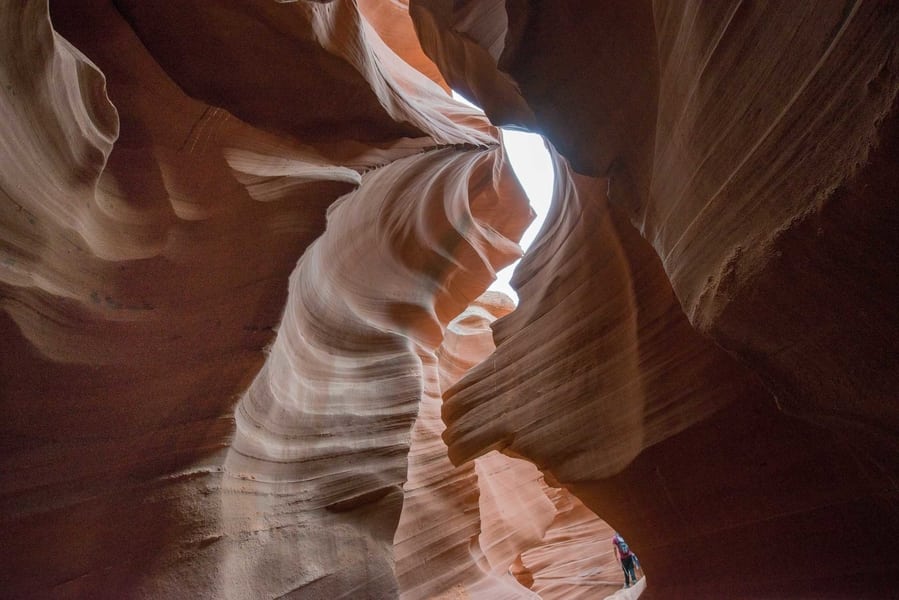
In daytime pictures with deep shadows, it is common to find noise when we raise the exposure during editing. 1/640 sec, f/6.3, ISO 640
NOISE IN NIGHt SKY PHOTOGRAPHY
When we talk about avoiding digital noise, one of our main concerns is how to take noise-free night sky images. These photographs are usually taken in low light conditions, with longer exposures and using a higher ISO, so it is difficult to get rid of noise in these types of pictures.
There are two main types of night photography where you usually need to apply a noise reduction technique:
NOISE IN MILKY WAY PHOTOGRAPHY
In general, it’s normal to see noise when taking Milky Way photographs. In order to absorb every detail of the Galactic Center, you will usually need to raise your camera’s ISO above the limit. This process means that noise is usually visible, especially in the darkest areas of the image, as we mentioned in our guide on how to photograph the Milky Way. To avoid it, it is very useful to use one of the best cameras for Milky Way Photography.
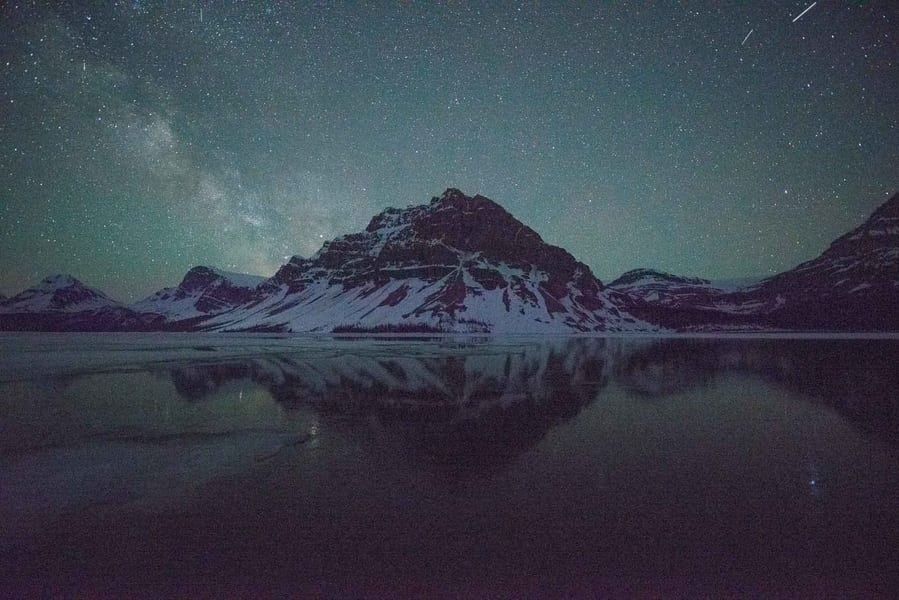
Noise is usually common in Milky Way photography since we generally increase the ISO to capture all the details of the Galactic Center. 5 sec, f/2.8, ISO 6400
One way to get cleaner Milky Way photos is by noise reduction through photo stacking, a technique that we explain in our post about noise reduction in Photoshop.
NOISE IN NORTHERN LIGHTS PHOTOGRAPHY
Finding digital noise in Northern Lights photography is also common, especially in crop sensor cameras (check here the different sensor sizes). Usually, in order to freeze the Lights’movement, you have to use short shutter speed and extremely high ISOs, as we said in our post about how to photograph the Northern Lights.
Like the Milky Way photography noise problem, we can solve noise in Northern Lights images by using a stacking noise reduction technique and by using a good camera for Northern Lights photography.
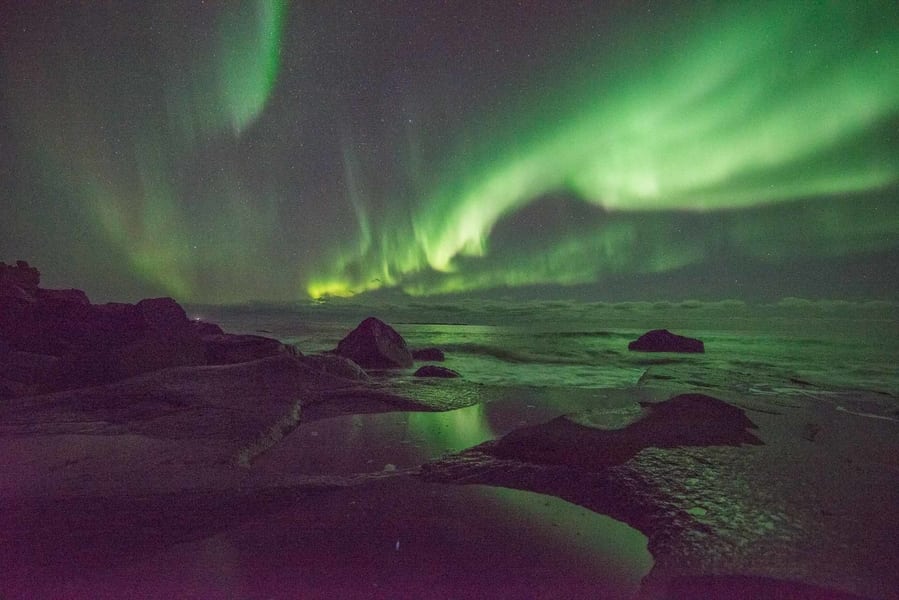
When the Northern Lights are intense, we have to use shorter shutter speeds and raise the ISO in order to freeze the movement of the Aurora, which usually produces noise in the images. 1 sec, f/2.8, ISO 6400
In star trails photography, we can shoot longer exposures, so the noise is usually not a problem if you use the right settings.
NOISE IN WILDLIFE PHOTOGRAPHY
Noise in wildlife photography sometimes shows up when, you’re trying to capture an animal in motion and you have to raise the ISO in order to shorten the shutter speed.
A good example is when you photograph birds flying in low light conditions.
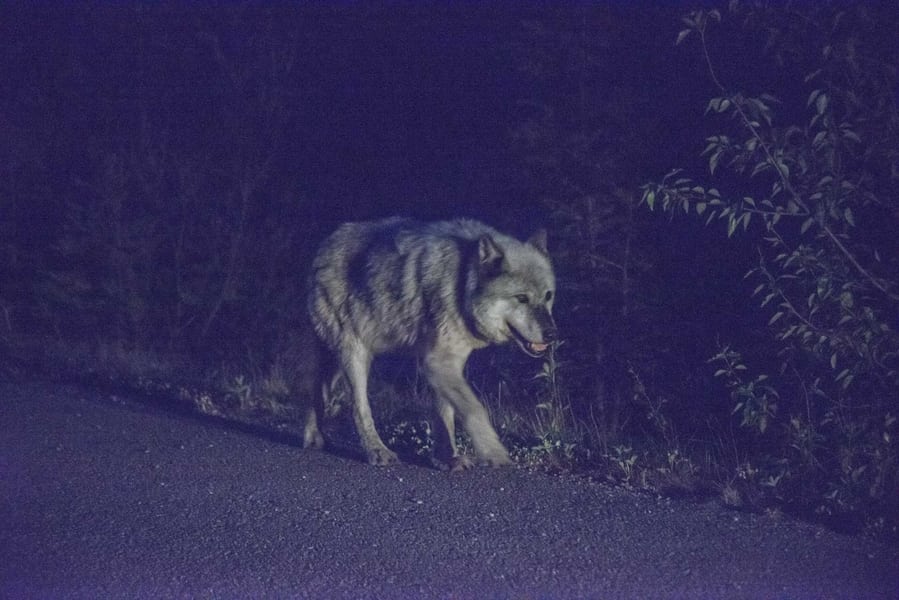
Capturing animals in motion in low light conditions is a challenge, as we have to use a high ISO. 1/60 sec, f/5.6, ISO 25600
NOISE IN PORTRAIT PHOTOGRAPHY
Noise in portrait photography also happens, especially when you shoot indoors in low light conditions.
To avoid noise in portrait photography, use large aperture lenses and an external light source, such as a flash.
As you can see, noise in photography is easy to identify and understand, which is crucial for knowing what techniques to use to avoid it and what tools to apply when you want to remove it.
If you want to learn more about the best way to avoid noise and get rid of it, you should check out our article on how to reduce digital noise.
![noise in photography [:es]Milky way two jack lake banff canada alberta mirror pines sky photography night banff montañas rocosas de canada [:en]Milky way two jack lake banff canada alberta mirror pines sky photography night[:] where to stay in banff](https://imgcap.capturetheatlas.com/wp-content/uploads/2017/06/two-jack-mirror-milkyway-1415x540-1565962878.jpg)
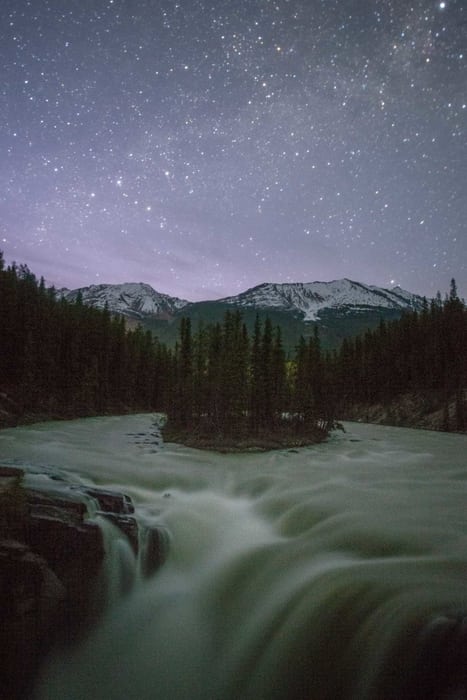
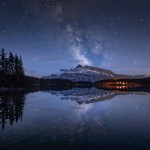

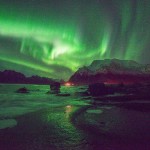
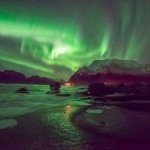
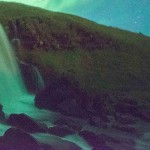
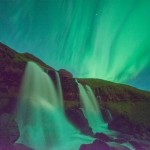
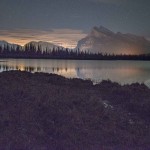
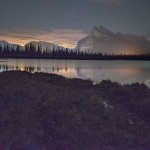
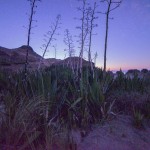
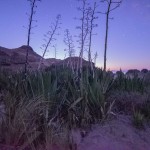
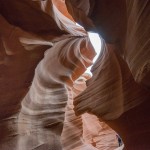
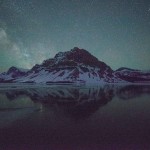

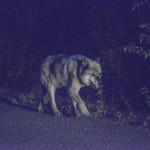

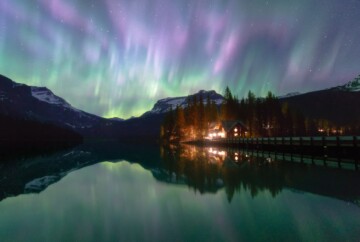
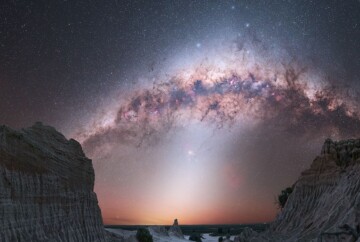







This is very informative and helpful. I love taking pics of birds, dragonflies, butterflies and mostly inflight shots. Most of the photos I’ve taken are noisy. I’m using Topaz but I am not so good with editing. Thank you, Dan!
Thank a lot, Kat. Glad it helped! 🙂